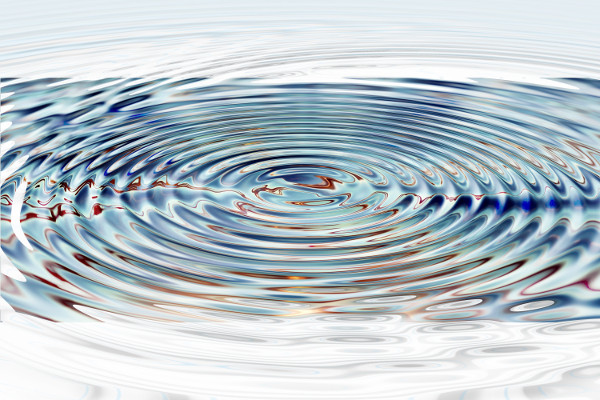2. In this 5-minute video, Teacher Wei gives a teaching on how an empty heart can guide us beyond the dualities of life to make wiser choices in a freer state.
__________
REFLECTION FROM THE COMMUNITY
During this module, we have focused on standing meditation, lower dantian breathing, and throat breathing.
In the past, one person shared…
“At first it was hard for me to focus my attention and calm my mind for a long time. All sorts of thoughts came up, sometimes strangely, about events that took place a very long time ago, even 20-30 years ago. Getting to know and applying strong throat breathing helped me a lot on this. Watching my breathing makes it easier for me to stay focused. Using internal observation, I was able to feel qi all over my body, a feeling as if my whole body was tingling.”
Another person shared…
“I find that the practice of breathing (throat breathing, silent breathing, being in the silence between inspiration and expiration) is very efficient for me in stabilizing and purifying consciousness.”
__________
STUDY AND PRACTICE MINGJUE GONGFU WITH US
- Practice with a vibrant, global community in our yearlong program, “Awakening the Inner Healer,” which started in June 2022. It’s never too late to join! Monthly courses are available a la carte, and translations are available in multiple languages.
- Are you or someone you know facing cancer? In September, Teacher Wei gave a powerful 7-day course on understanding and healing the root causes of cancer. The recordings are available for purchase, as well as live (virtual), teacher-led groups. To learn more, click here: Healing Cancer with Pure Consciousness.
- “What is the World Consciousness Community?” in Teacher Wei’s words (3-min video)

